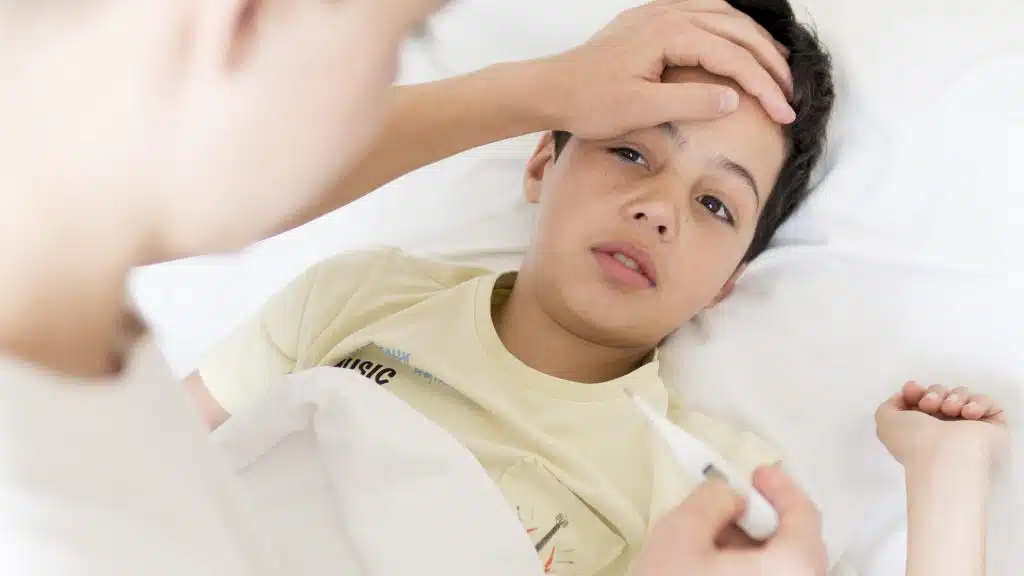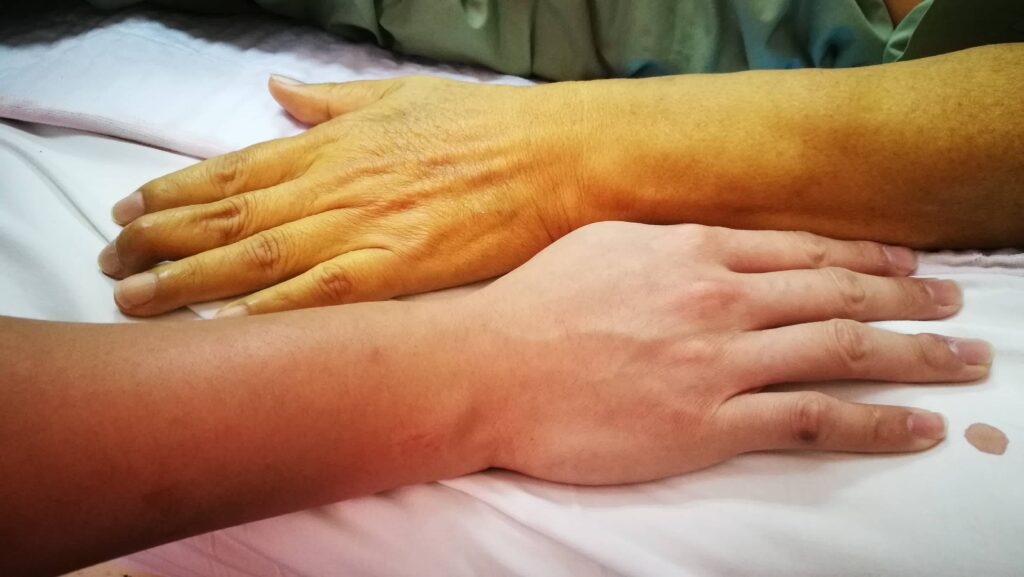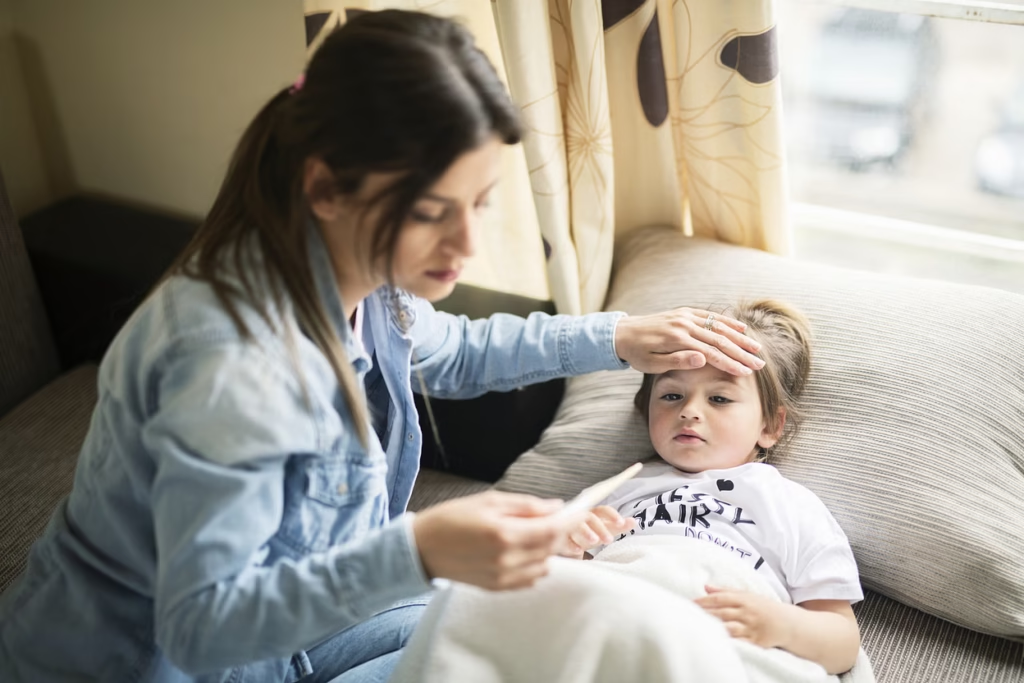This year monsoon has knocked our doors quite early. While the arrival of the monsoon brings much-needed relief from the summer heat, but it also opens the floodgates—literally and figuratively—to a surge in water-borne diseases, which are caused by the ingestion of contaminated water, leading to various health issues.

According to the World Health Organization, 80% of global diseases are thought to be water-borne. Children are the most vulnerable due to their developing immune systems—around 2.9 lakh deaths in children under five could be prevented annually with access to clean drinking water.
Waterborne diseases are caused by bacteria, viruses, or parasites present in contaminated water sources. Common monsoon-triggered waterborne illnesses include cholera, typhoid, hepatitis A, leptospirosis, giardiasis, and dysentery.
In this article, we break down the most common monsoon-triggered diseases, their symptoms, and—more importantly—how you can prevent them with Dr. Rohit Kaku, MD – Physician & Diabetologist & a Member of American Diabetes Association.
1. Cholera
According to Dr. Kaku, cholera is a severe diarrheal disease caused by the Vibrio cholerae bacteria, primarily spread through contaminated drinking water and food. It is characterized by the sudden onset of profuse watery diarrhea, often described as “rice water stools,” along with vomiting. The rapid loss of fluids can lead to severe dehydration, resulting in low blood pressure and, if left untreated, potentially life-threatening shock.
WHO reports that each year world faces 1.3 to 4.0 million cases of cholera. Most of those infected have no or mild symptoms including watery loose motions with severe dehydration.

Prevention:
- Boil drinking water
- Avoid street food, raw vegetables, and unwashed fruits
- Oral Rehydration Salts (ORS) at the first sign of dehydration
2. Typhoid Fever
Typhoid fever is a life-threatening infection caused by Salmonella Typhi. It is usually spread through Fecal-oral route via contaminated water or food. Symptoms include Prolonged fever, Weakness, Headache, Nausea, Abdominal pain, Constipation or Diarrhea and Sometimes rose-colored spots on the abdomen.
Reports suggest that 11–20 million people get sick from typhoid and between 1.2 to 1.6 lac people die from it every year, globally.

Prevention:
- Drink only filtered/boiled water
- Wash hands before eating
- Vaccination is available and advisable in endemic areas
3. Hepatitis A & E
Hepatitis A and E are viral liver infections caused by the Hepatitis A and E viruses, primarily transmitted through the consumption of contaminated food or water. These infections commonly present with symptoms such as jaundice, which causes yellowing of the eyes and skin, along with fatigue, loss of appetite, dark-colored urine, pale stools, fever, and abdominal discomfort.
“While both types are usually self-limiting, they can become more severe in certain individuals, particularly pregnant women in the case of Hepatitis E, making early diagnosis and supportive care important,” says Dr Kaku.

Prevention:
- Avoid food from unhygienic sources
- Use clean water for brushing and washing fruits
- Vaccination for Hepatitis A is recommended
4. Gastroenteritis (Stomach Flu)
Gastroenteritis, commonly known as stomach flu, is an intestinal infection caused by various viruses or bacteria such as E. coli, Rotavirus, and Norovirus. It typically spreads through contaminated water, food, or poor hygiene practices. The condition leads to symptoms like diarrhea, nausea, vomiting, abdominal cramps, and dehydration.
While usually self-limiting, gastroenteritis can become serious in young children, the elderly, or those with weakened immune systems due to the risk of severe fluid loss. Proper hydration and hygiene are essential for prevention and recovery.

Prevention:
- Keep hydrated (ORS is essential)
- Maintain personal hygiene
- Use separate utensils and wash thoroughly
5. Leptospirosis
Leptospirosis is a bacterial infection caused by Leptospira bacteria, commonly found in the urine of infected animals, especially rats. It often spreads when people come into contact with contaminated floodwater or mud, particularly during the monsoon season. The infection can lead to a sudden onset of high fever, severe muscle pain—especially in the calf muscles—red eyes, vomiting, and diarrhea. In more severe cases, leptospirosis can cause serious complications such as kidney or liver damage.

Prevention:
- Avoid wading through stagnant floodwater
- Wear protective footwear during rains
- Clean wounds with antiseptics immediately
6. Amoebiasis and Giardiasis
Amoebiasis and Giardiasis are intestinal infections caused by the parasites Entamoeba histolytica and Giardia lamblia, respectively. These infections commonly spread through poor sanitation practices and the consumption of unfiltered or contaminated water. Both conditions typically result in chronic loose stools, abdominal cramps, excessive gas (flatulence), and fatigue. Over time, if left untreated, they can also lead to noticeable weight loss and nutritional deficiencies.

Prevention:
- Use clean water for drinking and cooking
- Wash raw vegetables with salt/potassium permanganate solution
General Prevention Tips for Monsoon-Related Diseases
- Boil water or use an RO filter at home
- Avoid eating outside, especially roadside chats, pani puri, and fruit salads
- Wash hands with soap or sanitizer before meals and after toilet use
- Eat freshly cooked food and refrigerate leftovers properly
- Avoid ice cubes unless made from purified water
- Wear gumboots or sandals when outdoors to prevent exposure to infected water
- Keep ORS sachets at home for emergency hydration
“As a physician, I see a sharp spike in these preventable diseases every monsoon. The good news? With awareness, hygiene, and timely medical care, we can reduce the burden of these illnesses dramatically.” Says Dr. Rohit Kaku.

Great sir..